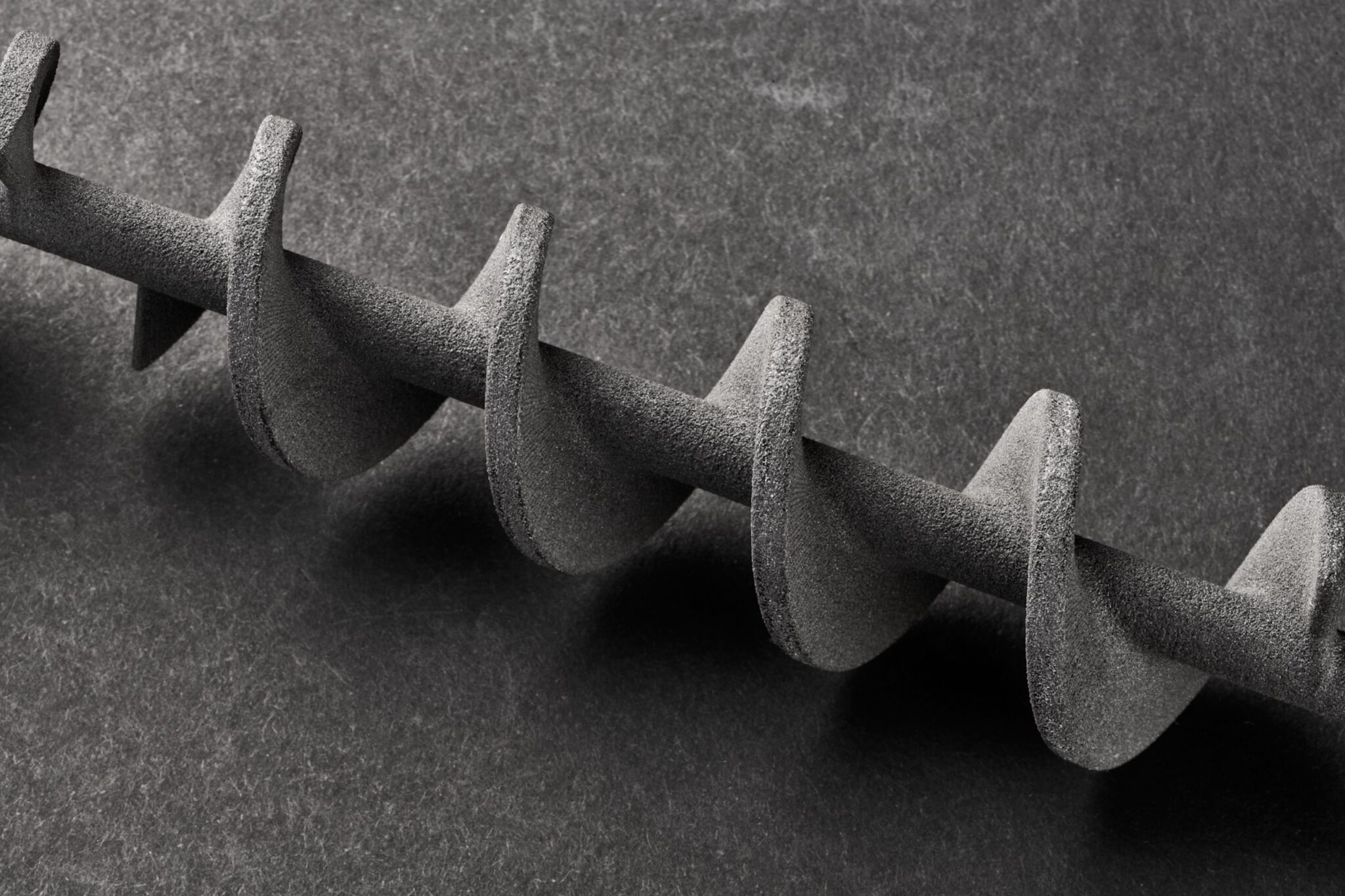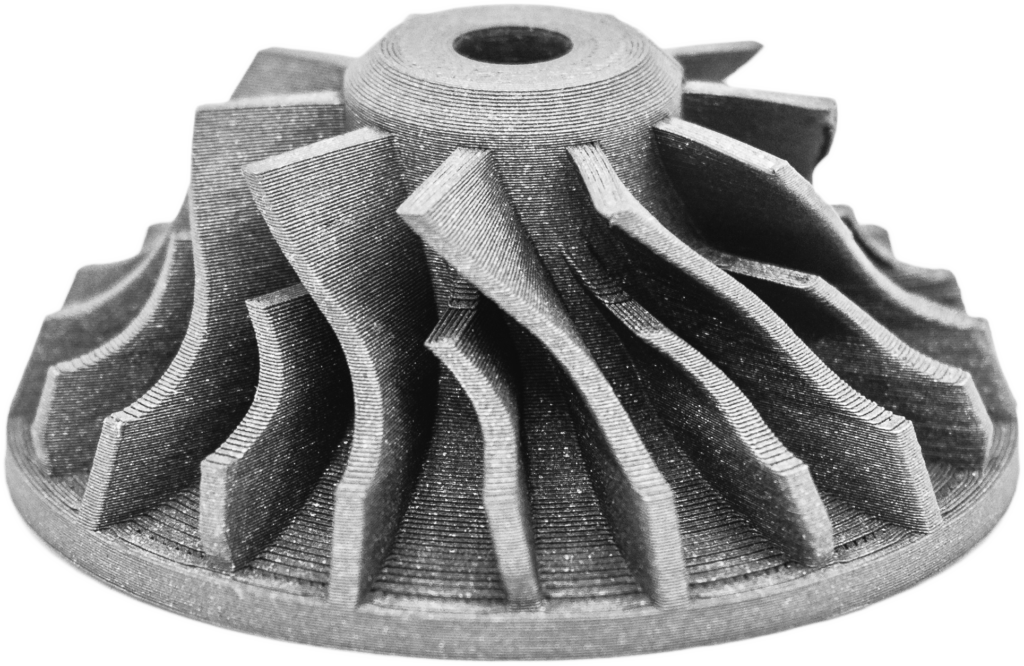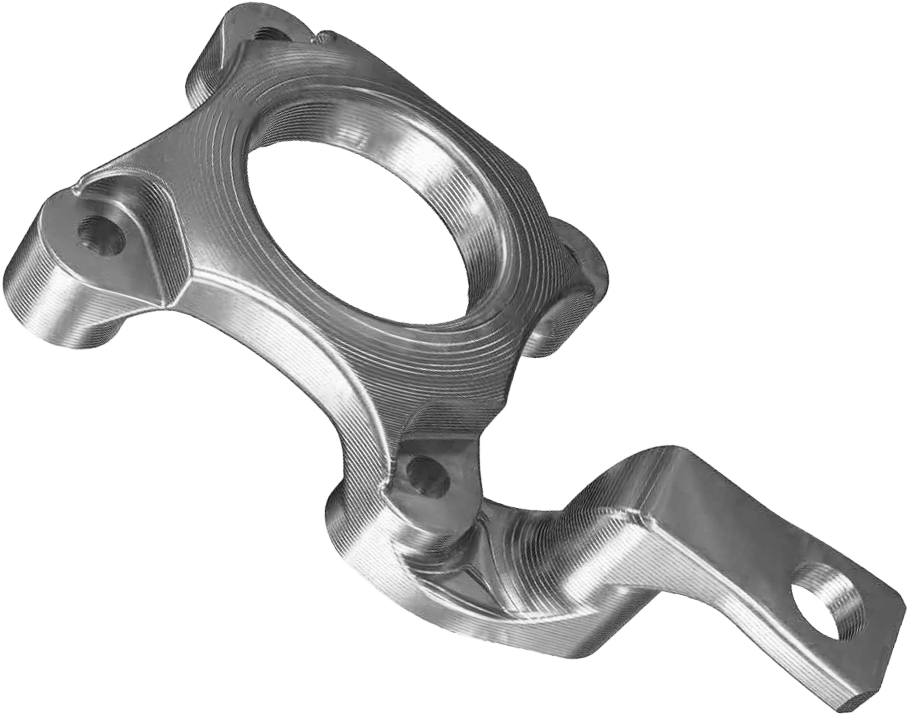What Are We Specialised In?
Our 3D printing services can be used in different industries and sectors, from Home and Shop Design to Automotive. Discover our strengths.
Industrial automation
In the field of industrial automation, 3D printing helps you create objects and components such as automated valve positioners or different types of collaborative robots and their components.
Industrial robots are often made to meet specific needs. 3D printing helps accelerate the process to make both customised parts and test prototypes.

Automotive
3D printing is now a common resource among major car manufacturers. High-performance tooling and spare parts can be achieved at low production costs, from conceptual models and prototypes to tools necessary to manufacture components, and even to the creation of actual components.
3D printing is also widely used to create discontinued components, among other applications.

Home & shop design
Experience the benefits of 3D printing in creating furniture and decorative components for homes and stores.
Through additive manufacturing, creating custom-designed handles, lighting supports, and many other design objects is much simpler, without the need to resort to production on an industrial scale.

Tooling
By applying 3D printing, you can create extremely resistant tools using materials such as stainless steel and onyx that are needed for manufacturing processes across various fields- from components for complex machinery to moulds for industrial presses and metal milling heads.
3D printing also makes it possible to manufacture tools or their components at low costs.

What Can Be Printed?
Discover some of the latest objects created by Bonpez:






Bonpez 3D Printing technology

ADAM 3D printing
ADAM 3D Printing Technology
We use the innovative ADAM (Atomic Diffusion Additive Manufacturing) 3D printing technology for metal alloys.
ADAM is a cutting-edge additive manufacturing technique that enables making parts using various metal alloys without constraints on material change. We can print different metal materials with the same machine, such as stainless steels, tool steels, pure copper, and Inconel 625.

CFR 3D Printing
CFR 3D Printing Technology
The CFR (Continuous Fiber Reinforcement) 3D printing technology is used to create components made of composite materials reinforced with continuous glass filament, Kevlar, and carbon.
This enables us to introduce metal replacement, that is, replacing metals with polymers for lighter finished products featuring more complex geometries and a low environmental impact.
By applying CFR technology, mechanical characteristics equal or superior to aluminium with significantly reduced masses can be achieved.

SLS 3D Printing
SLS printing technology in Nylon
The SLS (Selective Laser Sintering) 3D printing technology uses a laser to fuse nylon powder, and achieves components parts with complex designs- such as protruding elements and intricate or interlocking geometries- at extremely high productivity
Today, we can print Nylon 12, one of the most widely used and requested thermoplastics on the market, known for its high design freedom.
We are getting ready to meet even more ambitious requests, such as glass- or aluminium-filled nylon powders.

DLP 3D printing
DLP photopolymer printing technology
DLP (Digital Light Processing) 3D printing is a technology used to quickly manufacturing parts using photopolymers, which are polymers or resins that can absorb a portion of light and become solid and compact.
Due to its precision, speed, and cost-effectiveness, this 3D printing technology is often used to print resin objects with complex designs, such as toys, jewellery moulds, dental moulds, and other items with refined details.

SLA 3D Printing
DLP photopolymer printing technology
Similar to DLP, SLA (Stereolithography) technology transforms photopolymers into hard plastic using a light source (either a laser beam or a projector). This results in high-resolution, precise, and versatile objects with highly accurate details.
Unlike DLP printing, surface finishes applying SLA are smoother as resin is polymerised point by point on the print bed.